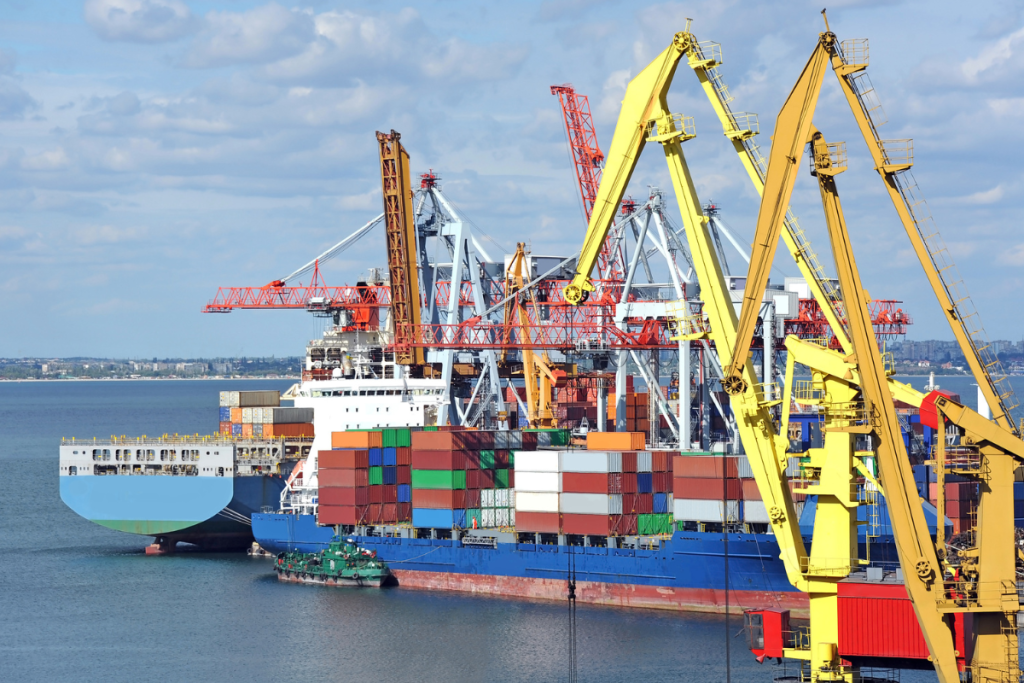With new tariffs set to take effect August 1, importers are rushing to land cargo ahead of schedule, driving a sharp uptick in volumes at the Port of Los Angeles. The last-minute surge highlights the volatility shippers face as trade policy shifts collide with supply chain planning.
Tariff Whiplash Triggers Frontloading Surge
The Port of Los Angeles expects to handle 950,000 TEUs in July, up from 892,000 in June, as shippers accelerate deliveries to sidestep impending tariff hikes. “It’s just this whipsaw effect,” said Executive Director Gene Seroka in a July 14 media briefing, citing sharp pullbacks in May followed by a sudden import rebound tied to the Aug. 1 enforcement date.
The upcoming tariffs, announced via formal letters last week, include rate hikes between 20% and 50% on select imports. While the Trump administration claims preliminary trade deals with the UK, Vietnam, and China, only the UK pact has been signed, leaving most trade lanes in a state of flux. In the meantime, carriers are responding to the short-term demand spike with added capacity, including seven extra loaders scheduled for July.
The tariff-driven spike also contributed to a record-setting June for the port, despite a sluggish start. Volumes rebounded strongly in the second half of the month, supported by five extra loaders. June’s total volume reached 892,340 TEUs, an 8% year-over-year increase. Inbound loaded containers rose 10% YoY to 470,450 TEUs, while exports climbed 3% and empties increased 7%.
Fiscal Year Closes Strong, But Second-Half Outlook Uncertain
The Port of Los Angeles ended its fiscal year on June 30 with 10.5 million TEUs handled, a 14% jump from the prior year. First-half 2025 volumes reached nearly 5 million TEUs, up 5% year over year. Still, Seroka cautioned that the tariff shift may front-load demand and create softness in late Q3 and Q4.
With trade partners still negotiating terms and tariff implementation now just weeks away, downstream effects on order timing, warehousing, and inventory positioning remain difficult to forecast. The short-term volume spike may give way to a prolonged cooling period if retailers and manufacturers pull forward too much inventory.
Why the Tariff Deadline Could Distort More Than Volumes
While the import rush is boosting throughput in the short term, the real challenge lies in the aftershock: inventory bloat, misaligned demand, and potential overcapacity in late 2025. Similar surges ahead of past tariff implementations, notably in 2019, left importers grappling with months of excess stock and compressed margins. The current frontloading may deliver the same pattern, shifting risk from the port to distribution centers nationwide.




